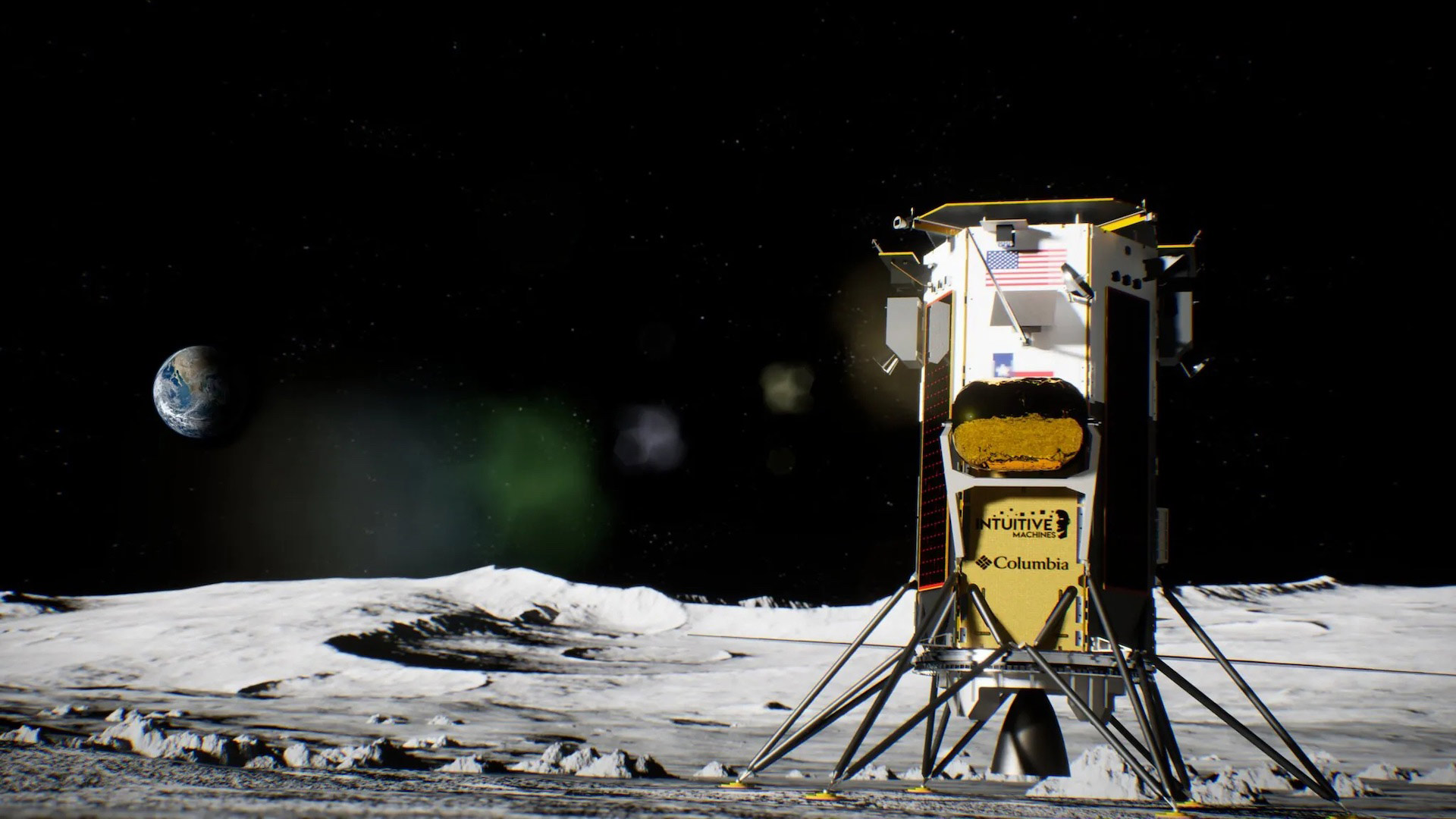 Illustration of IM-1 lunar spacecraft.
Illustration of IM-1 lunar spacecraft.
A private company successfully landed a robotic spacecraft near the Moon’s South Pole Thursday. Intuitive Machine's I-M 1 lander touched down near an area thought to have ice beneath the surface.
University of Arizona planetary scientist Lynn Carter believes the next challenge is for engineers to design and build a relay grid that can deliver electricity to lunar prospectors searching for water in the region.
“You have these areas that are very elevated so they have permanent sunlight, so one possibility is to put up solar arrays there and then find a way to get that power into the areas that have water'” she said.
Carter notes a sustainable power supply is important due to the extremely low temperatures at the Moon’s South Pole.
Intuitive Machines hopes to send a series of landers to the South Pole ahead of a planned NASA mission to land humans on the lunar surface before the end of the decade.

By submitting your comments, you hereby give AZPM the right to post your comments and potentially use them in any other form of media operated by this institution.